Science isn’t always about careful planning and meticulous experiments. Sometimes, the most groundbreaking discoveries happen by chance. Here are 19 incredible scientific breakthroughs that happened when scientists least expected them.
Penicillin
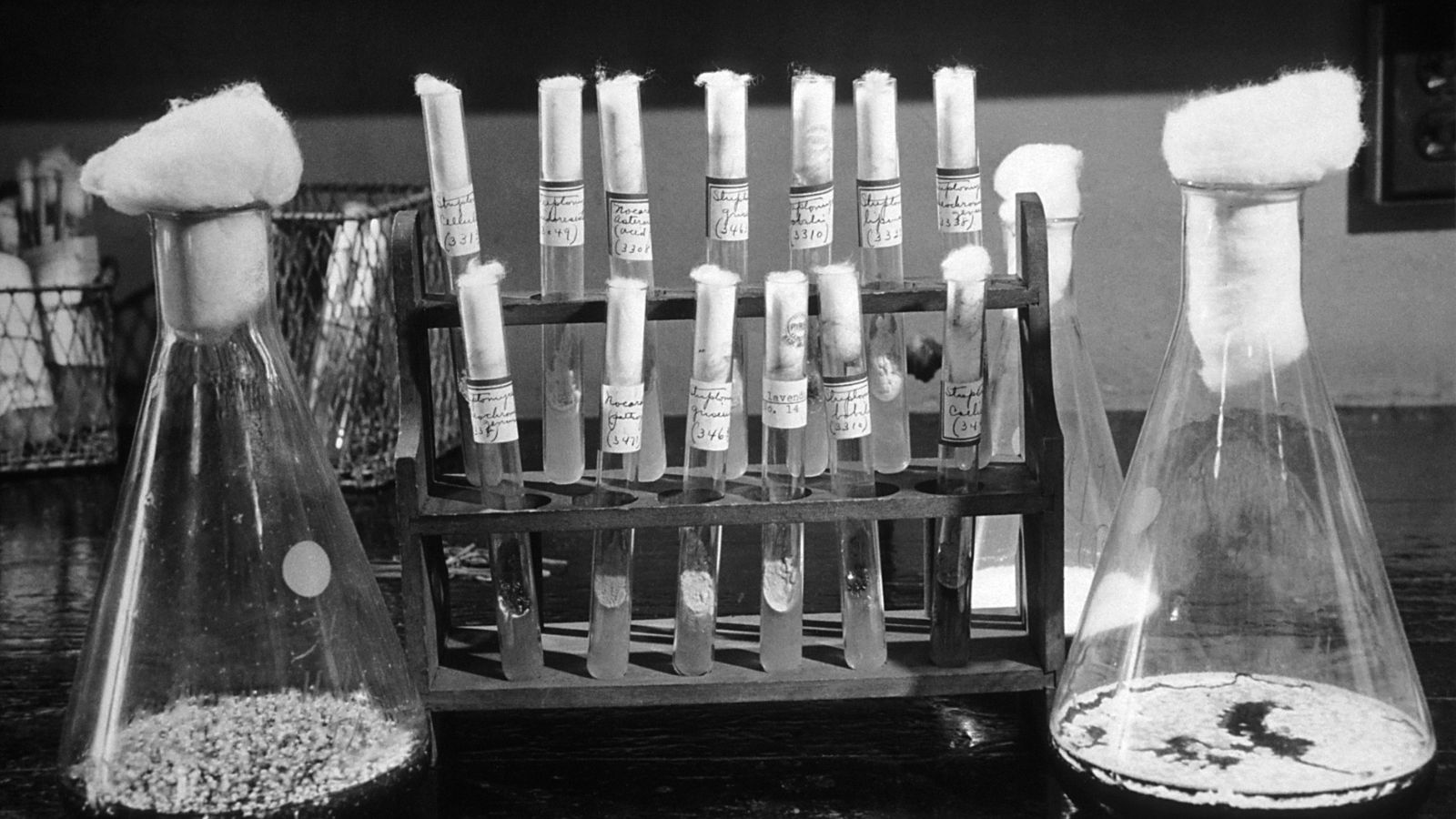
Alexander Fleming’s messy lab led to a life-saving discovery in 1928. He noticed that a mold contaminating one of his Petri dishes had killed the surrounding bacteria. PBS notes that this accidental observation led to the development of penicillin, the first antibiotic. Fleming’s fortunate mistake revolutionized medicine and saved countless lives.
X-rays
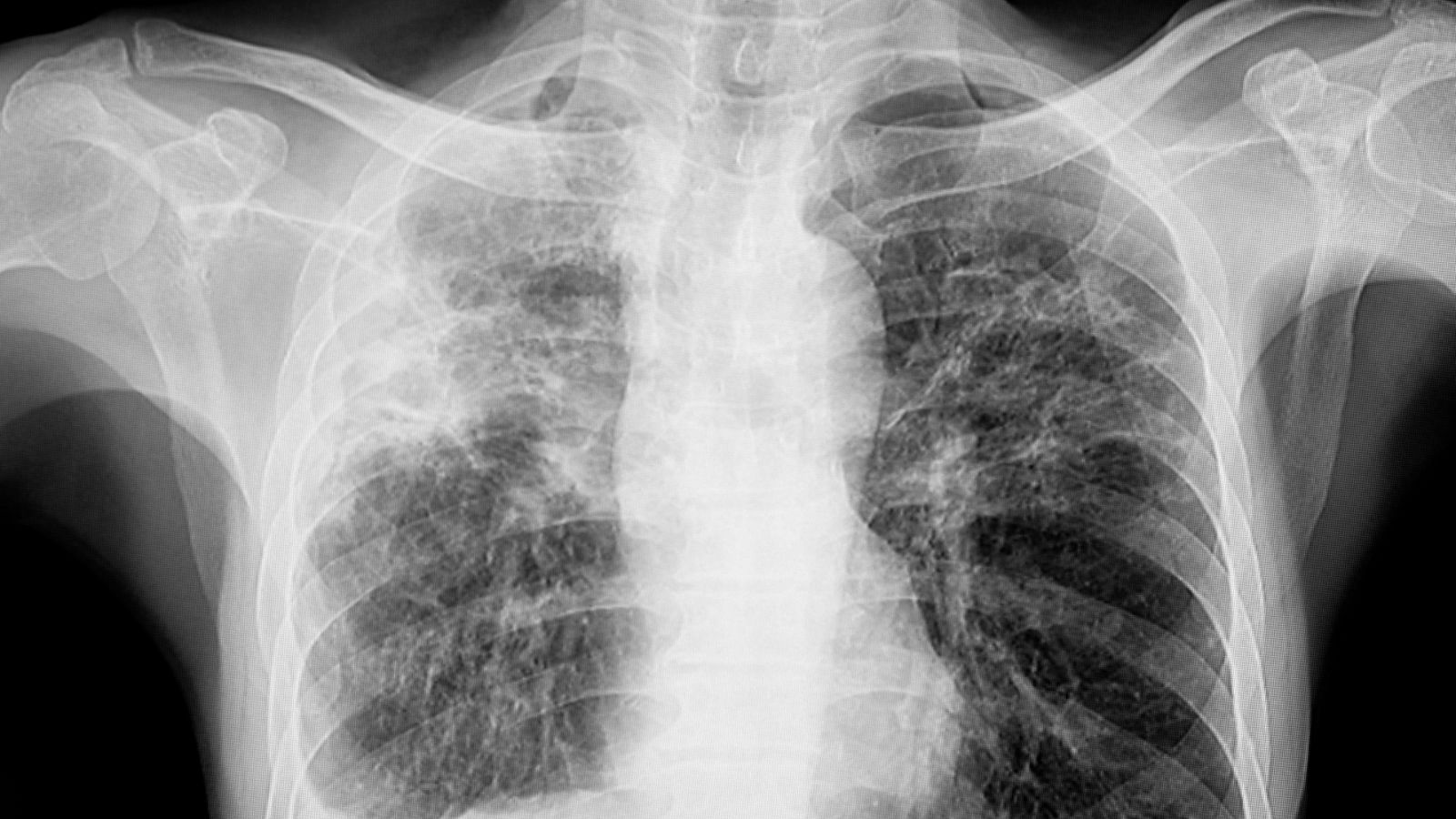
Wilhelm Roentgen was experimenting with cathode ray tubes in 1895 when he noticed a nearby fluorescent screen glowing. The invisible rays passing through solid objects created images on the screen, which birthed the field of radiology, transforming medical diagnostics and scientific research.
Microwave Oven

In 1945, Percy Spencer made a discovery that would lead to the creation of the microwave oven. He was working with radar equipment when he realized that the chocolate bar in his pocket had melted. Intrigued, he experimented with other foods and realized the microwaves could cook them quickly. We have him to thank for easy home cooking.
Velcro
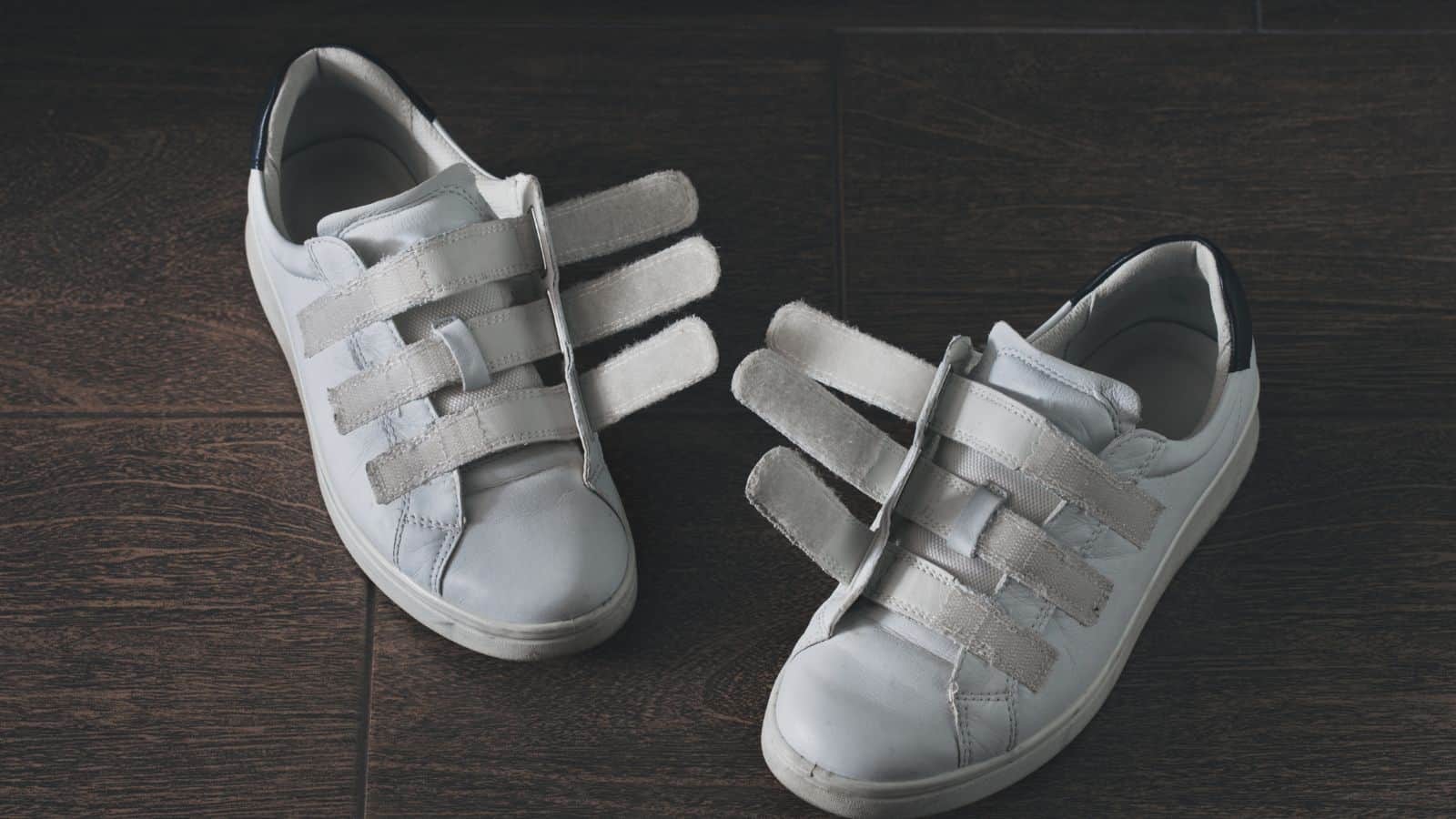
Another essential in modern life was discovered completely by accident. Swiss engineer George de Mestral went for a walk with his dog in 1941 and returned covered in burrs. Examining them under a microscope, he noticed tiny hooks that clung to fabric and fur. This inspired him to create Velcro, a fastening system used in many applications today.
Saccharin
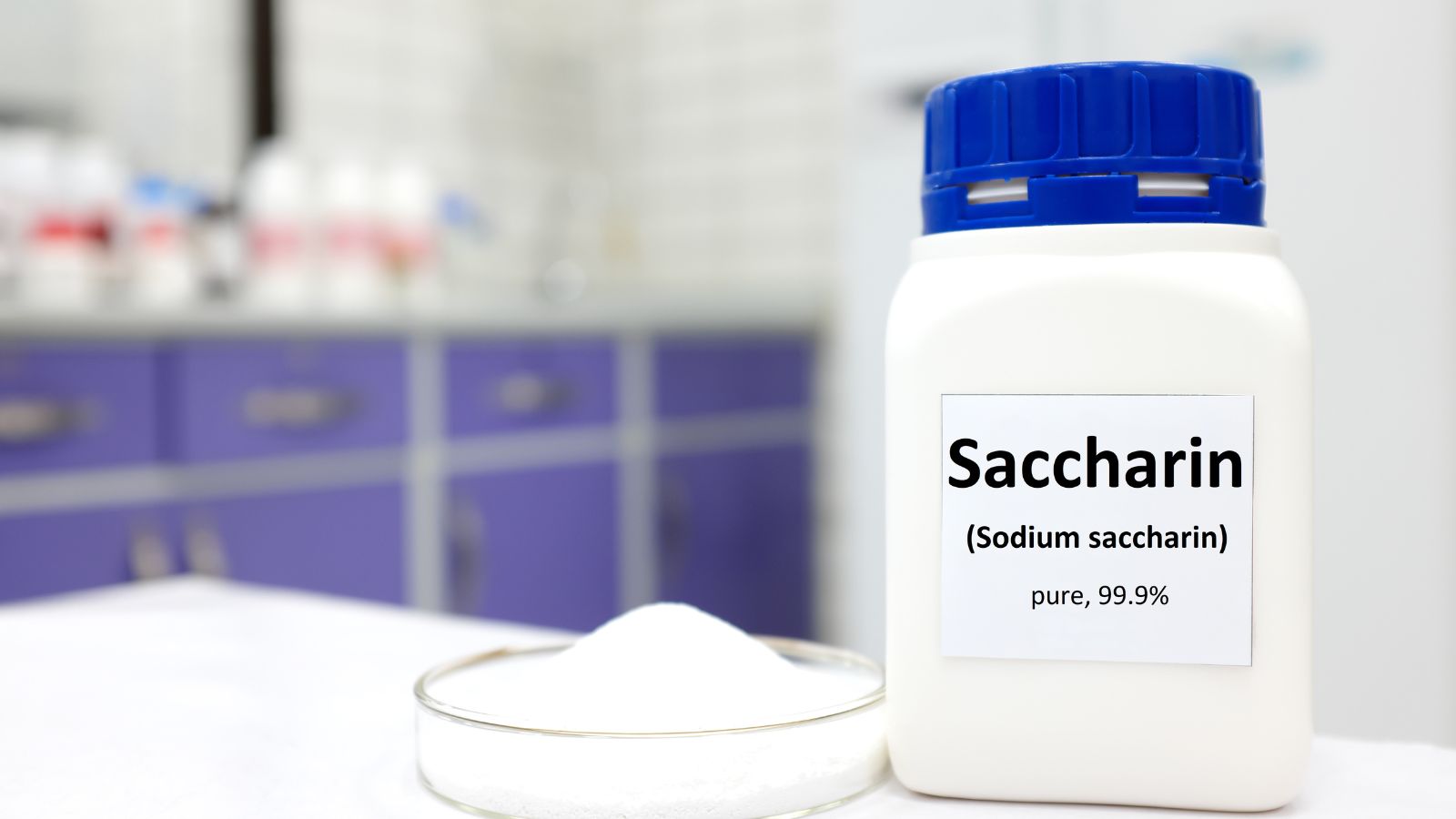
Constantin Fahlberg would change the food industry with the development of artificial sweeteners. He was researching coal tar derivatives in 1879 when he forgot to wash his hands before eating lunch and found that his food tasted unusually sweet. He traced the flavor back to a compound he’d spilled on his hands. This accident led to the discovery of saccharin, the first artificial sweetener.
Radioactivity
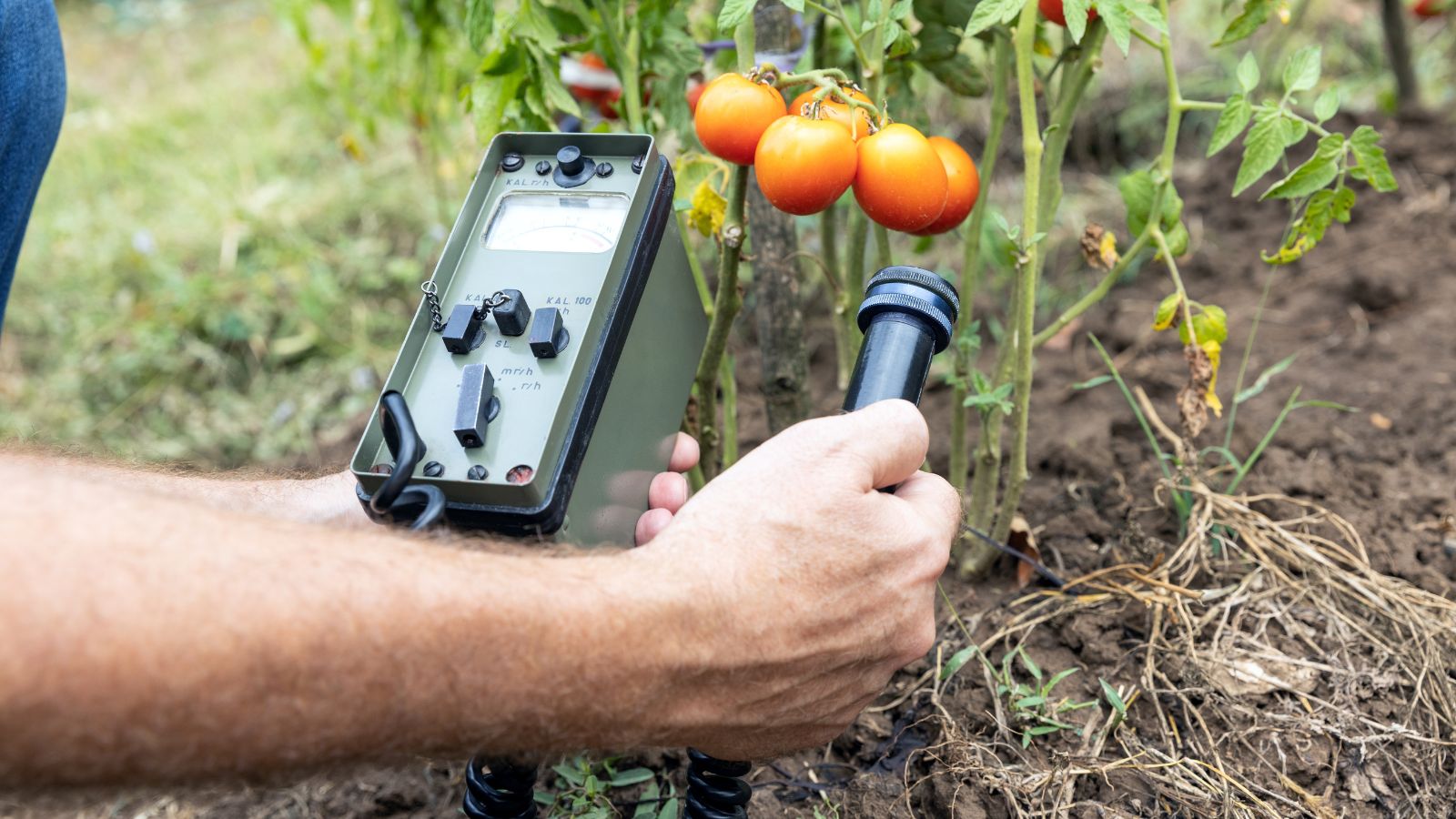
While studying phosphorescent materials in 1896, Henri Becquerel accidentally left some uranium salts on photographic plates in a drawer. Later, he found the plates had been exposed despite being shielded from light. This unexpected observation introduced radioactivity, opening up new fields of physics and medicine.
Teflon
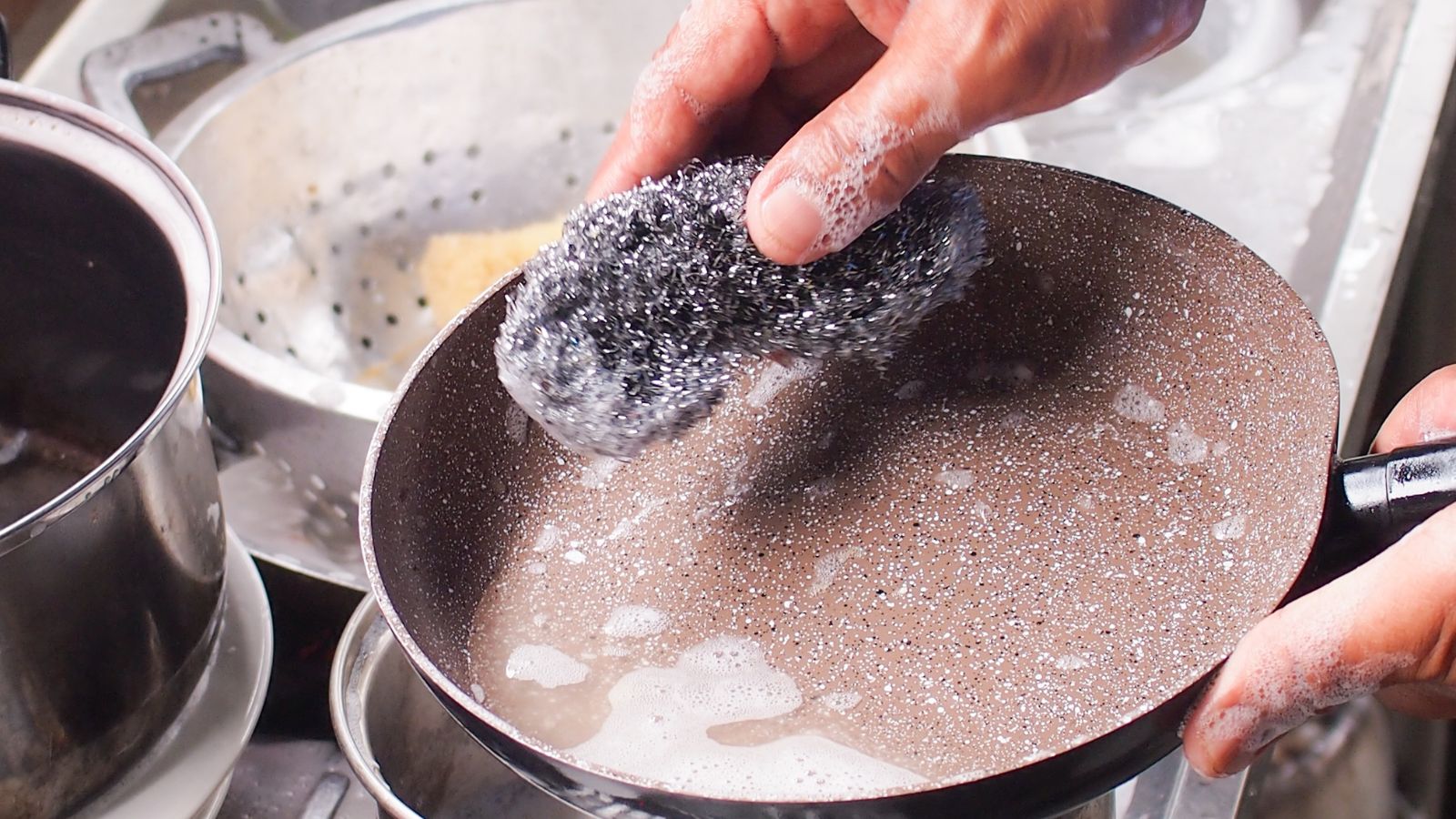
Roy Plunkett was working on refrigerants in 1938 when he opened a canister of tetrafluoroethylene gas to find it had solidified into a slippery, white powder. This polymer later became known as Teflon and is used in non-stick cookware and many other applications in various industries.
Vulcanized Rubber

Another accidental discovery was made by Charles Goodyear in 1839 when he dropped a mixture of rubber and sulfur on a hot stove. The resulting material was stronger and more elastic than regular rubber. This chance discovery led to vulcanization, transforming the rubber industry.
Safety Glass

Édouard Bénédictus, a French scientist, knocked over a glass flask in his lab in 1903. Thanks to a cellulose nitrate coating inside, the glass cracked but didn’t shatter. This incident started the development of laminated safety glass, which is now used in car windshields and building windows worldwide.
Popsicles

We also have the renowned popsicle thanks to an accidental discovery. On a cold night in 1905, an 11-year-old boy named Frank Epperson left a mixture of powdered soda and water with a stirring stick outside. The next morning, he found a frozen treat on a stick. Years later, he patented his accidental invention, creating the popular Popsicle.
Cornflakes

Will Keith Kellogg was helping his brother prepare meals for sanitarium patients when they left some cooked wheat to sit for several hours. The wheat became stale, but when processed, it formed crisp flakes. This mistake was the starting place for Kellogg’s Corn Flakes, the popular breakfast cereals.
Super Glue
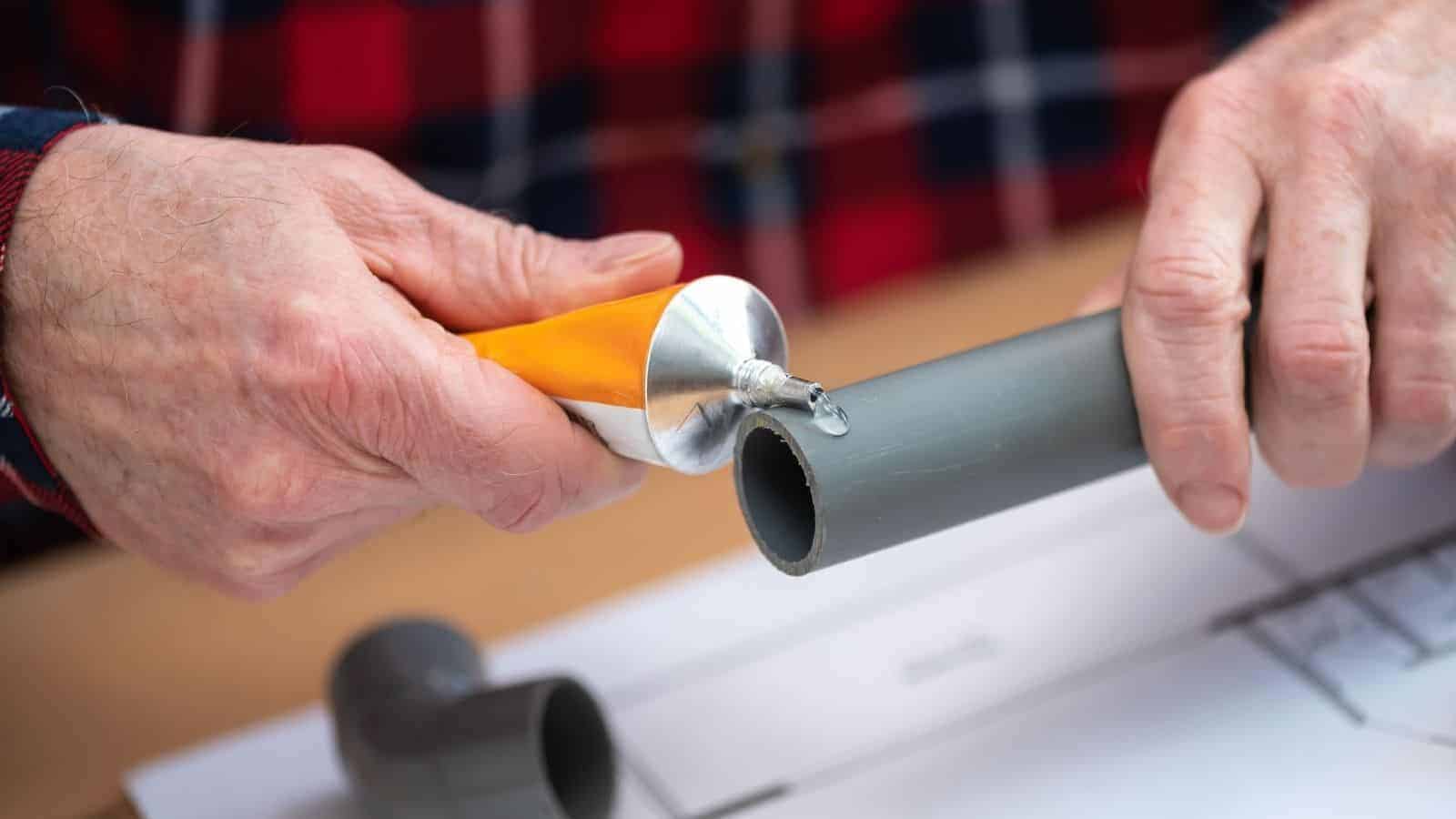
Harry Coover was trying to create clear plastic gun sights during World War II when he stumbled upon a substance that stuck to everything it touched. Initially considered a failure, this later became Super Glue, which is now used in most industries and households.
Plastic

In 1907, Leo Baekeland was attempting to find a replacement for shellac when he created the first synthetic plastic, Bakelite. This revolutionary material paved the way for the entire plastics industry, transforming manufacturing and everyday life in the 20th century.
Laughing Gas
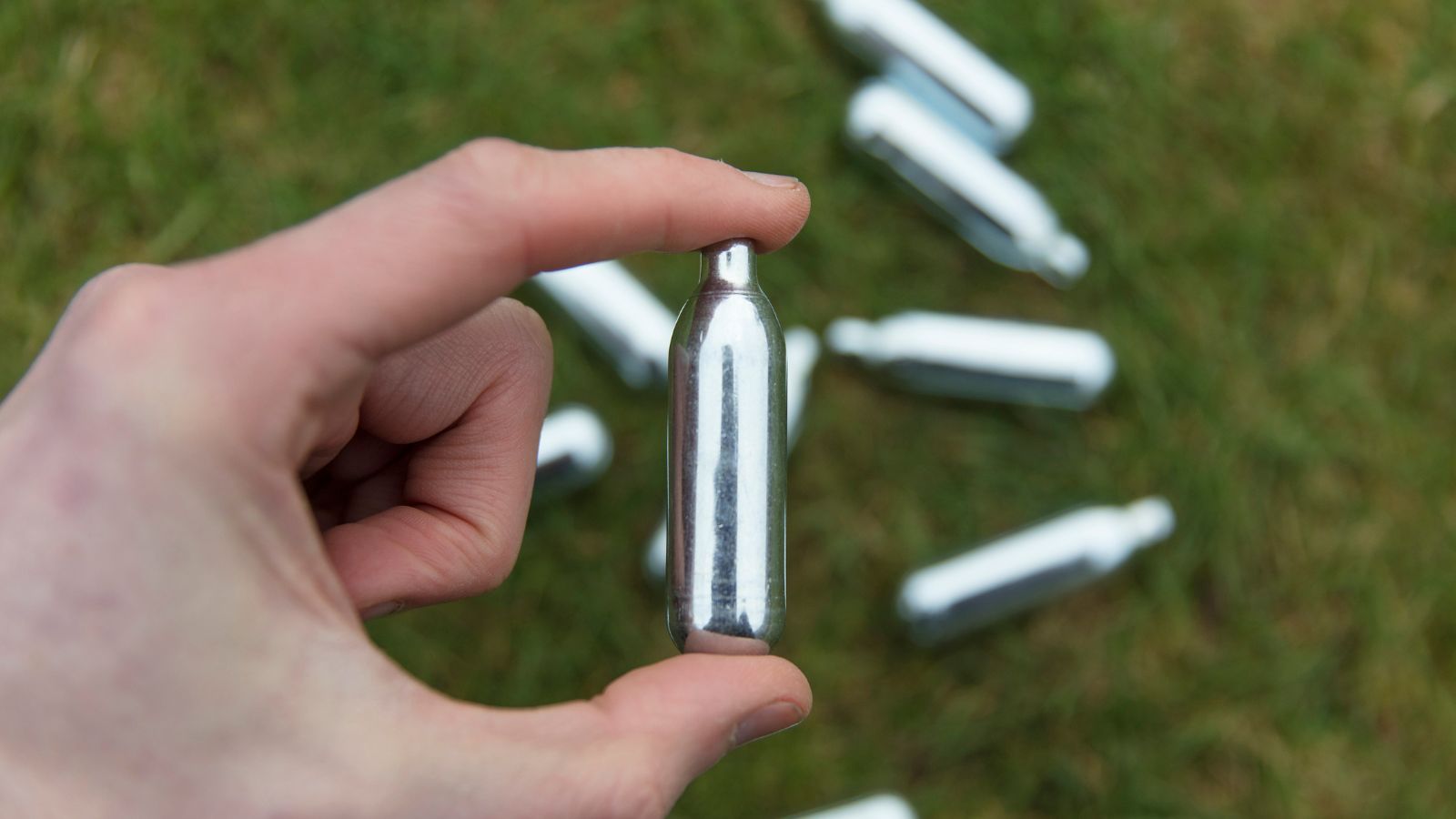
Another essential component of medicine was found by accident. While experimenting with various gases in 1799, Humphry Davy noticed nitrous oxide had a peculiar effect on him, inducing fits of laughter. This later led to the use of ‘laughing gas’ as an anesthetic in dentistry and medicine, making many procedures more bearable for patients.
Viagra
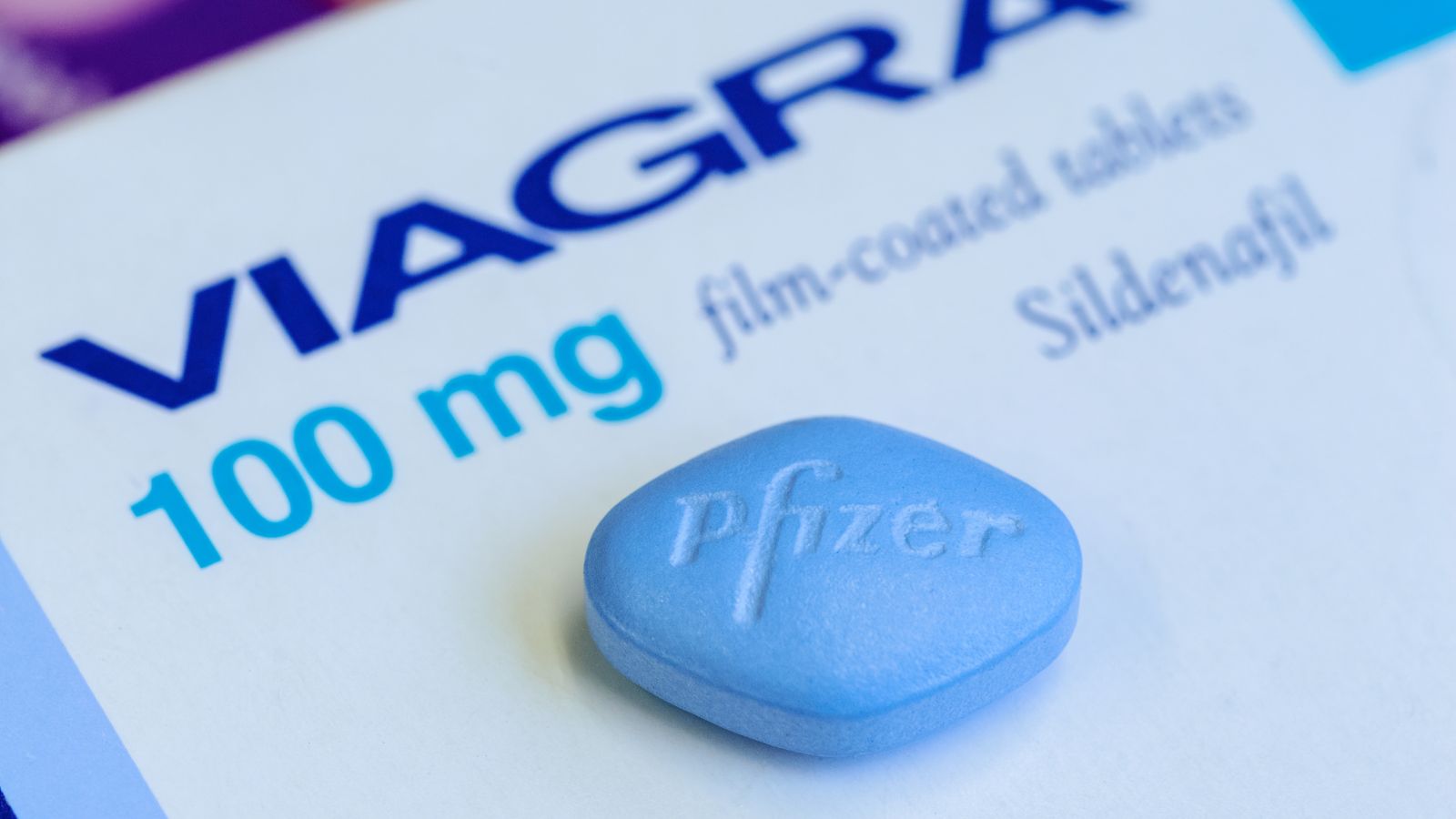
Scientists at Pfizer were testing a drug for hypertension and chest pain in the 1990s when male participants reported an unusual side effect: improved erections. This unexpected observation led to the development of Viagra, starting the treatment of erectile dysfunction and becoming a blockbuster drug.
Post-it Notes

The invention of Post-it notes also came about accidentally. In 1968, Spencer Silver was trying to create a super-strong adhesive for 3M when he accidentally made a weak, reusable one instead. Years later, a colleague used this adhesive to create bookmarks that wouldn’t fall out, leading to the invention of Post-it Notes, which are now present in offices worldwide.
Coca-Cola
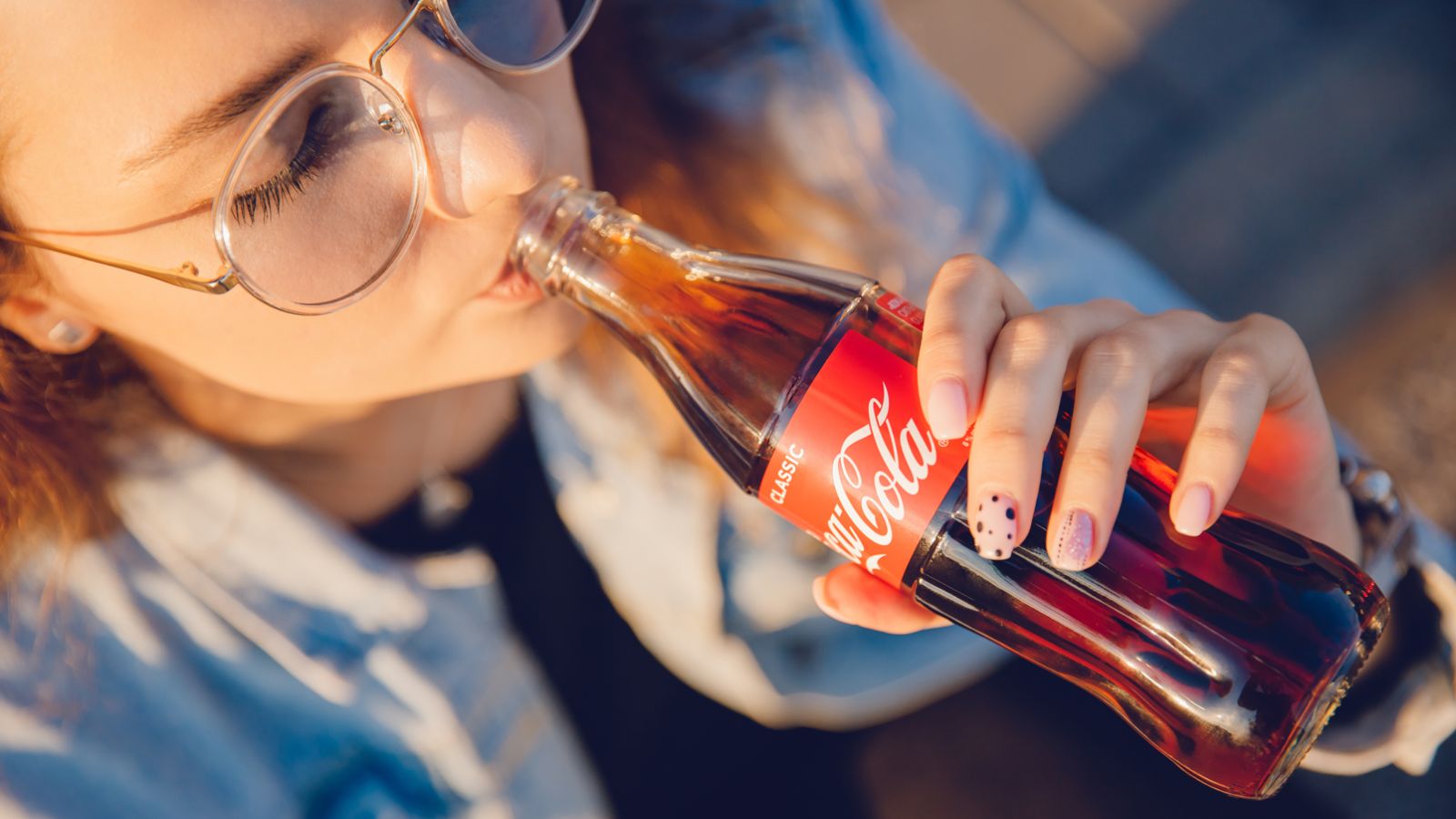
Pharmacist John Pemberton was looking for a cure for headaches and morphine addiction in 1886 when he mixed carbonated water with his syrup. The resulting drink became Coca-Cola, one of the most recognized and consumed beverages globally, changing the soft drink industry for over a century.
Botox

Ophthalmologists Alan Scott and Edward Schantz were searching for a treatment for crossed eyes in the 1970s when they discovered that botulinum toxin could temporarily paralyze muscles. This finding led to what we now know as Botox, which is widely used in medical and cosmetic applications.
Dynamite
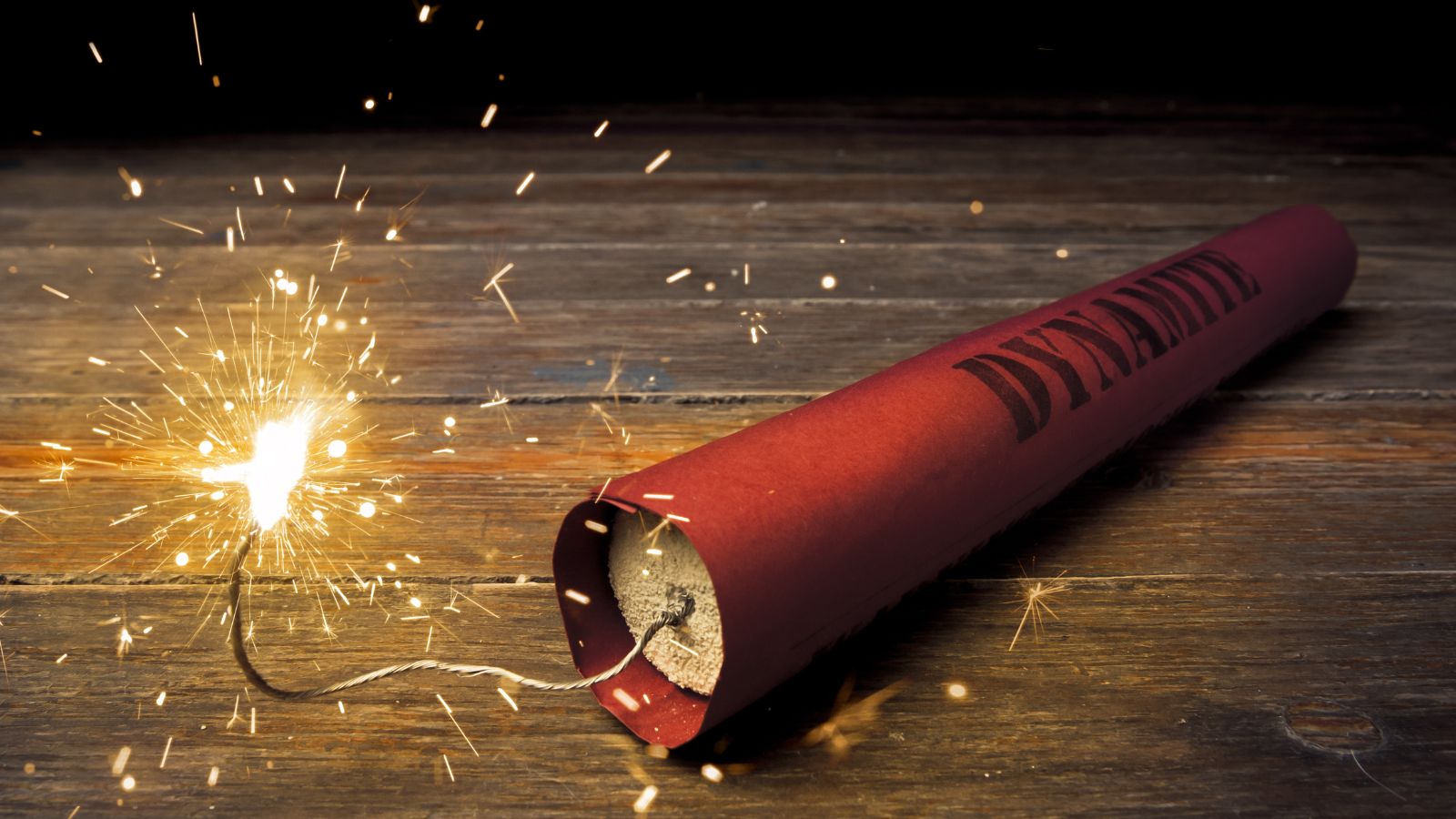
Alfred Nobel was trying to stabilize nitroglycerin for construction in 1867 when he noticed that mixing it with diatomaceous earth made it safer to handle. This started the invention of dynamite, transforming the construction and mining industries, albeit with controversial applications in warfare.
Up Next: 17 Things Most People Forget After Someone Dies

When a person dies, it’s easy for their partner or family members to overlook things while they process shock and grief. Despite the pain of losing a loved family member, it’s important to remember to organize these 17 things to prevent problems later on.
17 Things Most People Forget After Someone Dies
17 Phrases Confident People Use to Stand Up For Themselves

Confidence is a healthy and attractive trait that helps us stand firm in our values and set healthy boundaries. We can always become more confident, and learning the right ways to stand up for yourself is a great way to start. Here are 17 phrases you can use to do so.
17 Phrases Confident People Use to Stand Up For Themselves
20 Signs Someone Is Only Pretending to Care

Whether it’s to avoid hurting your feelings or if it’s part of a more elaborate plan to deceive you for benefits, people pretend for many reasons. The main theme with them, though, is that their actions never match the sugar-coated words that come out of their mouths. So that you don’t fall for someone like this, we’ve compiled 20 signs for you to look out for.

